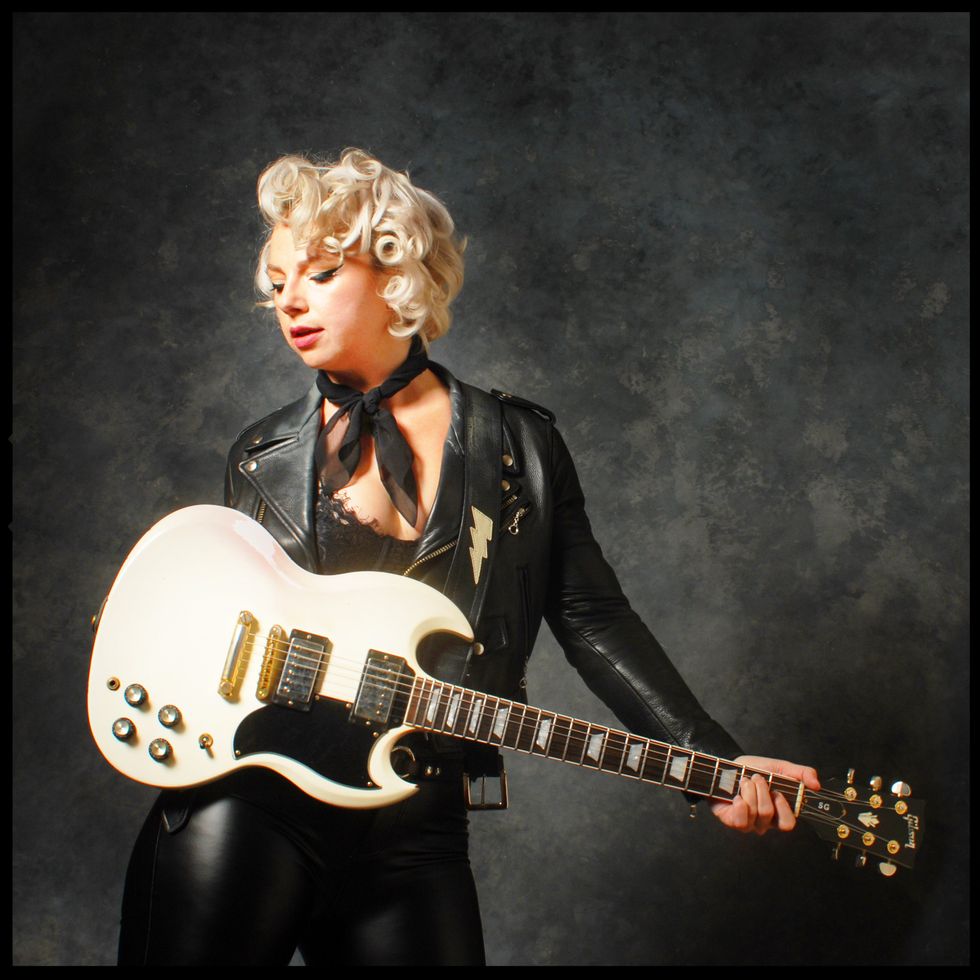Chops: Beginner
Theory: Beginner
Lesson Overview:
• Explore the limitless world of unorthodox techniques.
• Create new and refreshingly musical sounds.
• Develop a sense of timing when it comes to slides and scrapes.
Click here to download a printable PDF of this lesson's notation.
The sweet rumbling sounds of the power slide and the aggressive scratching of the pick scrape are two positive—and peaceful—sonic equivalents of a big-screen explosion. They are the weapons of choice in the flashy and more pyrotechnic side of rock ’n’ roll. It feels so right when you hit it and when it hits you. But are you doing them right? And how many of these techniques do you have in your arsenal?
Having done a lot of rock gigs in many different settings, I’ve noticed how certain techniques can enhance a performance. So in this lesson, rather than discussing scales, licks, or tones, I want to focus on the techniques inherent to rock guitar that are often overlooked and not studied. Don’t worry: They’ll all be extremely approachable and instantly gratifying.
You may think you already know all there is to know about pick scraping and power sliding, but there are many different ways to approach and deliver these effects. I became aware of the many variations when I started subbing for guitar wizard Joel Hoekstra on the Broadway show Rock of Ages. Since the musical features rock from the ’80s, the guitar book is filled with scrapes and slides, all at my discretion to interpret. They’re not much of a challenge to deliver, but since I come from an improvisational school, I tend to try to do things a little bit differently every night—within the scope of my abilities and the show’s possibilities. It might not seem like much, but those scrapes and slides provide a rare opportunity to alter details in order to keep the material fresh for myself, my bandmates, and the audience. As my friend (and fellow sub at Rock of Ages) Angus Clark puts it: “Have you ever done a gig with that many pick scrapes in it?”
Here are 10 variations on the technique that I find myself using most of the time. As a general rule of thumb, a decent amount of gain on your amp or distortion box will really make the guitar speak and scream nicely. Most of the versions are interchangeable and will “read” the same in a rock context, so feel free to keep what you dig and toss what you don’t.
Note: For dramatic effect, all the following examples land on a low E5 chord. Hey, why would you do a power slide in the first place if it didn’t land on an E5?
Ex. 1—The Classic Scrape
You hear this one everywhere. Place your pick perpendicular to your low strings, positioned so the pick digs into the grooves of the windings (you can usually catch two adjacent strings for a fuller sound). Start high on the strings—near the bridge—and slide down toward the neck. You’ll have to feel out what speed works best for the ideal sound. Keep in mind that pick gauge and material will also alter the sound. The key element of any successful scrape or slide is timing. The Classic Scrape is ideal when you want to fill a complete measure.
Click here for Ex. 1
Ex. 2—The Downward Slide
Another classic. Place your fretting hand high on the low strings (on or above the 15th fret), pick the low strings, and then slide your fretting hand down. Timing-wise, this one seems to work best when it’s quicker. In the example, the slide is a two-beat pickup that starts on beat 3.
Click here for Ex. 2
Ex. 3—The SRV
Similar to the previous example, but this is executed on the high plain strings instead of the low ones. Sure, you can find examples of this that predate Stevie Ray Vaughan, but he was the first guitarist I heard use this technique so dramatically and effectively. Hence the moniker.
Click here for Ex. 3
Ex. 4—The Revving
Like the name implies, this one emulates the revving sound of an engine. Start near the 3rd fret on the low strings, then slide up and back down. Your timing must be impeccable. In this example I cover one beat when I ascend and one when I descend.
Click here for Ex. 4
Ex. 5—The Scrape ’n’ Slide
This is a very powerful combination of the first two techniques. Execute the Classic Scrape, then as your picking hand gets past the neck, your fretting hand must hammer-on to the high frets of the low strings and take over the noise, sliding down toward the headstock. A bit of coordination is necessary, but it’s a great sounding variation. Plus, it looks really awesome. This usually works best when drawn out over a full measure.
Click here for Ex. 5
Ex. 6—The Revving Scrape ’n’ Slide
This is my personal favorite: a super-effective combination of Examples 1, 2, and 4. Start by revving up, then scrape down and slide down. The revving up serves as a one beat pickup to the full measure of scraping and sliding.
Click here for Ex. 6
Ex. 7—The Elephant
Another favorite of mine, this is a variation of the Revving that loosely imitates the sound of your preferred pachyderm. Start revving up on beat 2, use beats 3 and 4 to land on a high note, and finally bend the low string as far as you can. A lively sound indeed.
Click here for Ex. 7
Ex. 8—The Strangler
Similar to the Elephant, but here you stay on the note you land on after revving up, and then shake it with an exaggerated vibrato.
Click here for Ex. 8
Ex. 9—The Gojira
This next one is inspired by the extreme metal band Gojira, who often use this specific sound (and variations of it) as a compositional tool in their riff writing. The sound is less transparent and more pronounced, and might not fit anywhere as well as the other variations we’ve seen so far.
To execute, place your fretting hand past the last fret and push the high strings down (as if you were fretting them), then use a slow sweeping upstroke all the way to the lowest string. When you hit that low string, your fretting hand should actually be on the neck as you proceed to a one-string downward slide. The upstroke serves as a grace note to the quick power slide. Otherworldly!
Click here for Ex. 9
Ex. 10—The Freakout
Finally, this last example is an extreme noisemaker. Place your fretting hand high on the neck on the high strings (as many as you can manage, as long as the top strings are covered). Then start tremolo picking across several strings while sliding down. This one may also cut through more than the others, so use carefully.
Click here for Ex. 10
Have fun exploring the noisy combinations of these examples and maybe come up with some of your own variations. In addition to scales, note choices, and so on, there is often an art to the ugliness and noisy qualities of an unconventional technique.

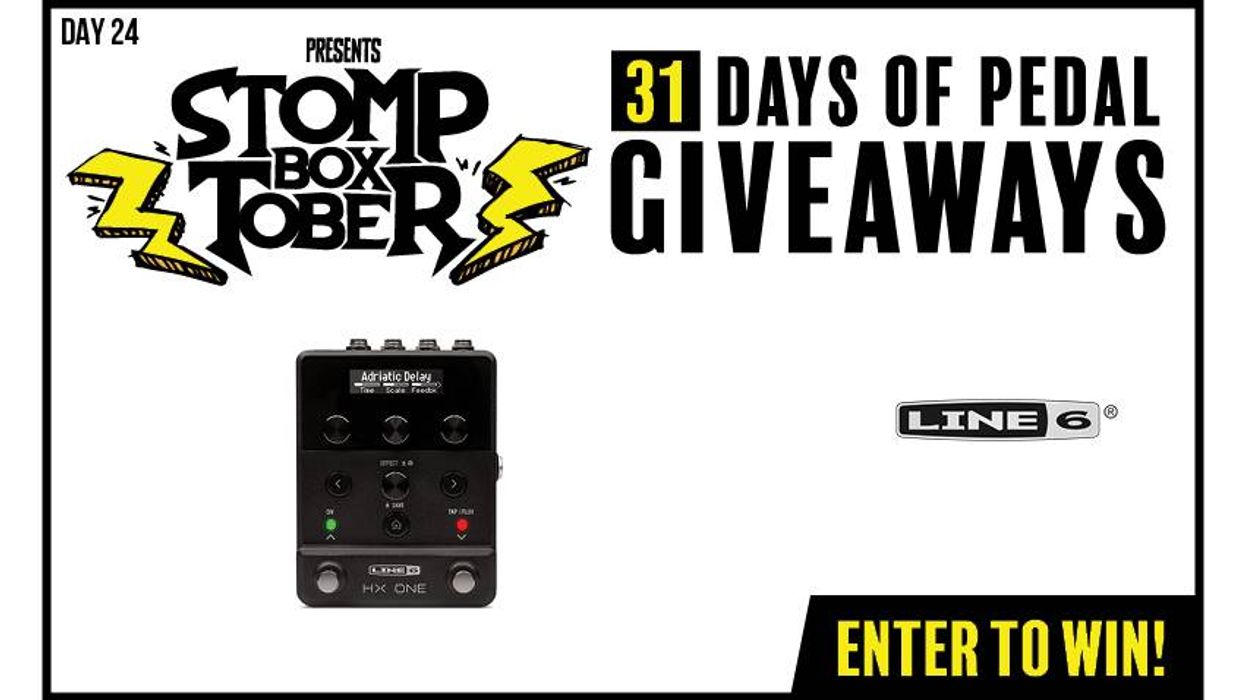





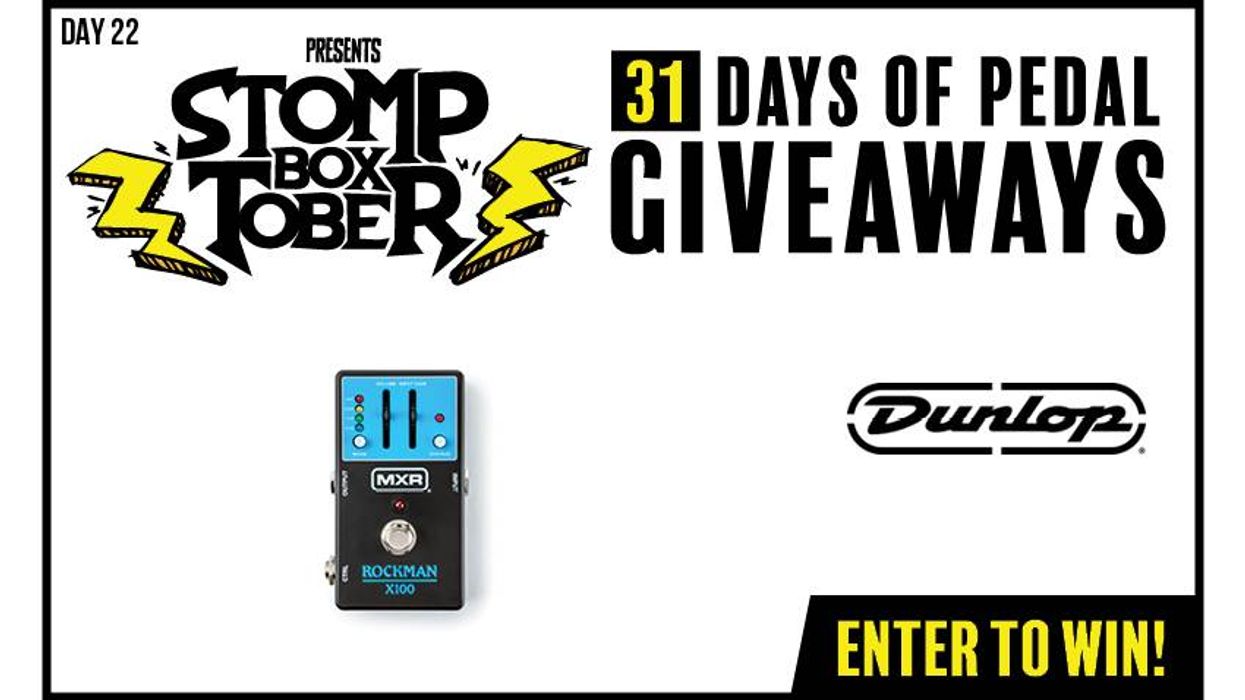

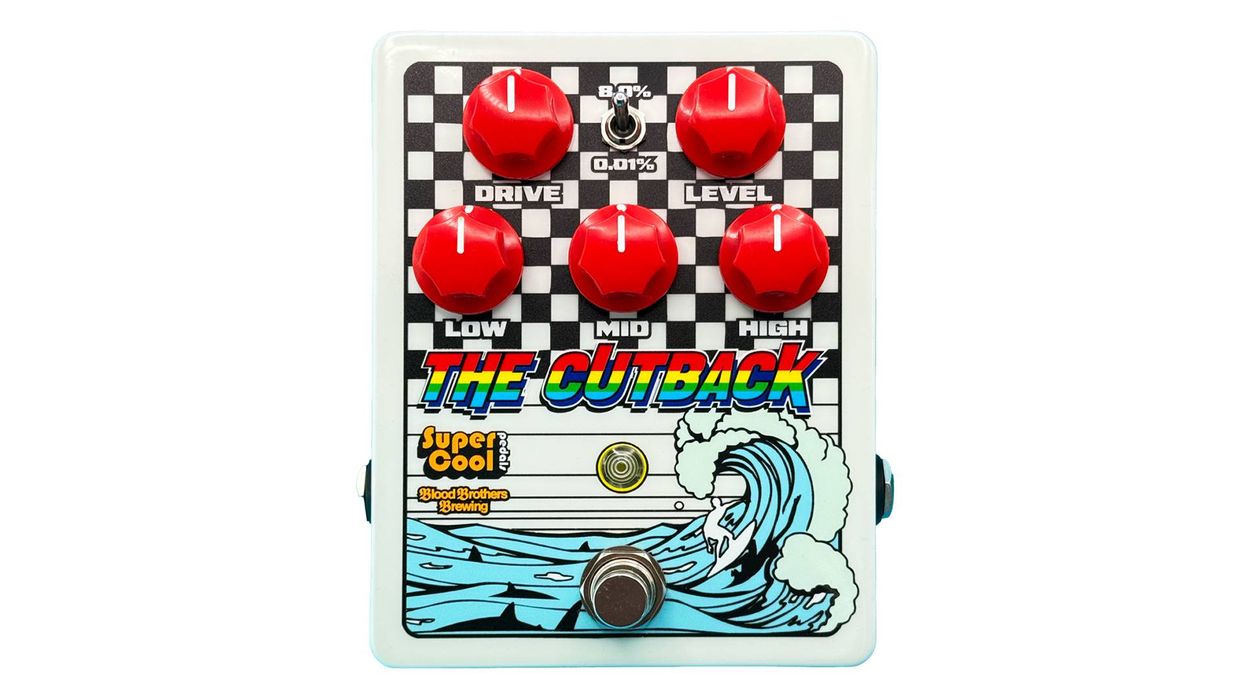
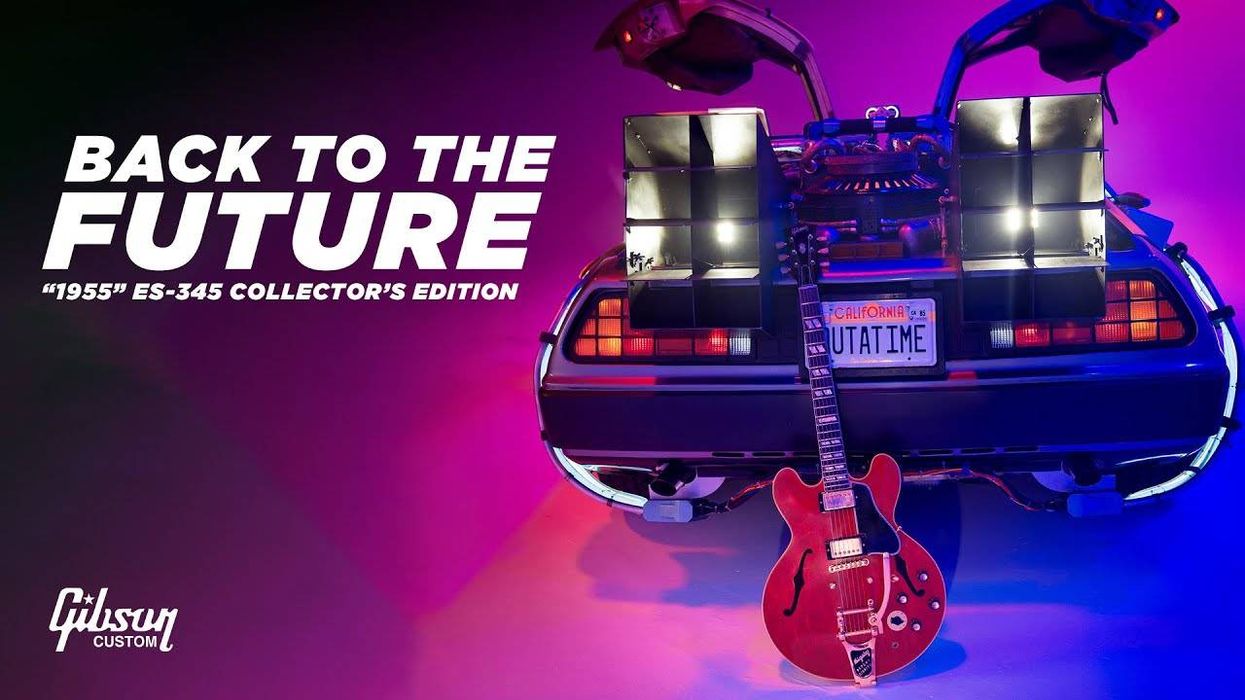
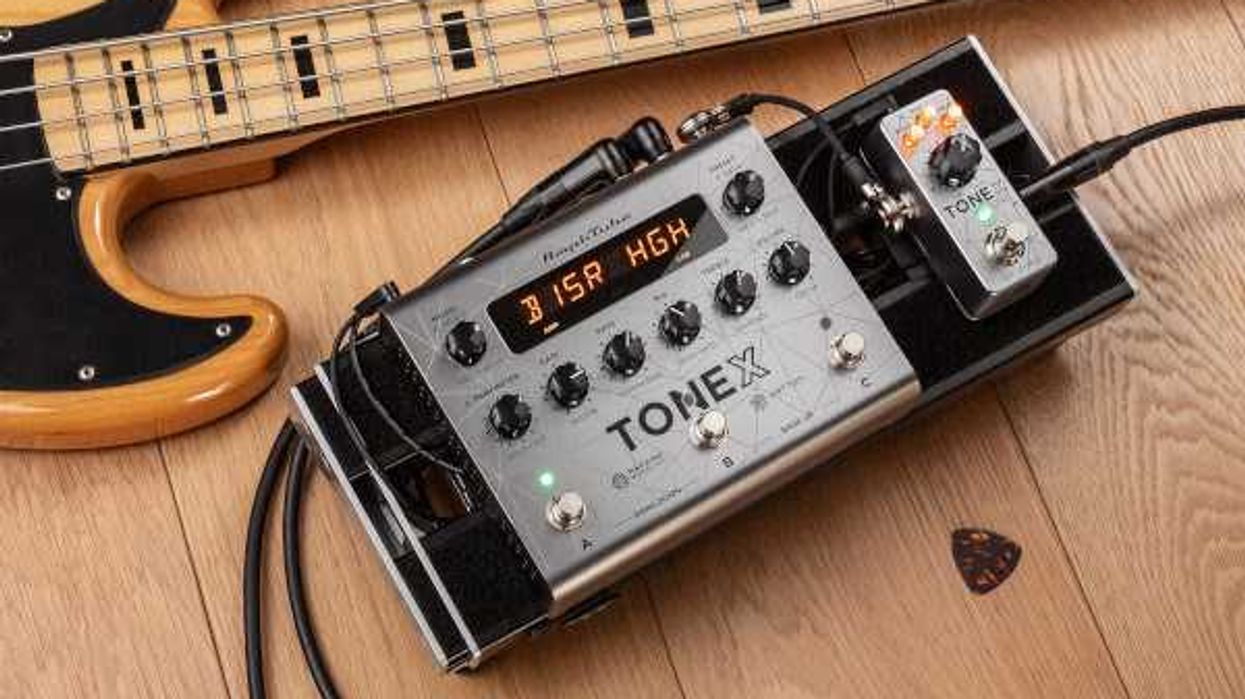
![Devon Eisenbarger [Katy Perry] Rig Rundown](https://www.premierguitar.com/media-library/youtube.jpg?id=61774583&width=1245&height=700&quality=70&coordinates=0%2C0%2C0%2C0)











